Show notes posted at https://blog.priceplow.com/podcast/dr-ralf-jaeger-atp-078
On December 28, 2022, we had the honor of hosting Dr. Ralf Jaeger to the PricePlow Podcast. For Episode #078, we dove into all things ATP -- adenosine triphosphate -- and how supplementing more with Peak ATP (sold and distributed by TSI Group) can improve workout performance -- but not in the way most individuals expect.
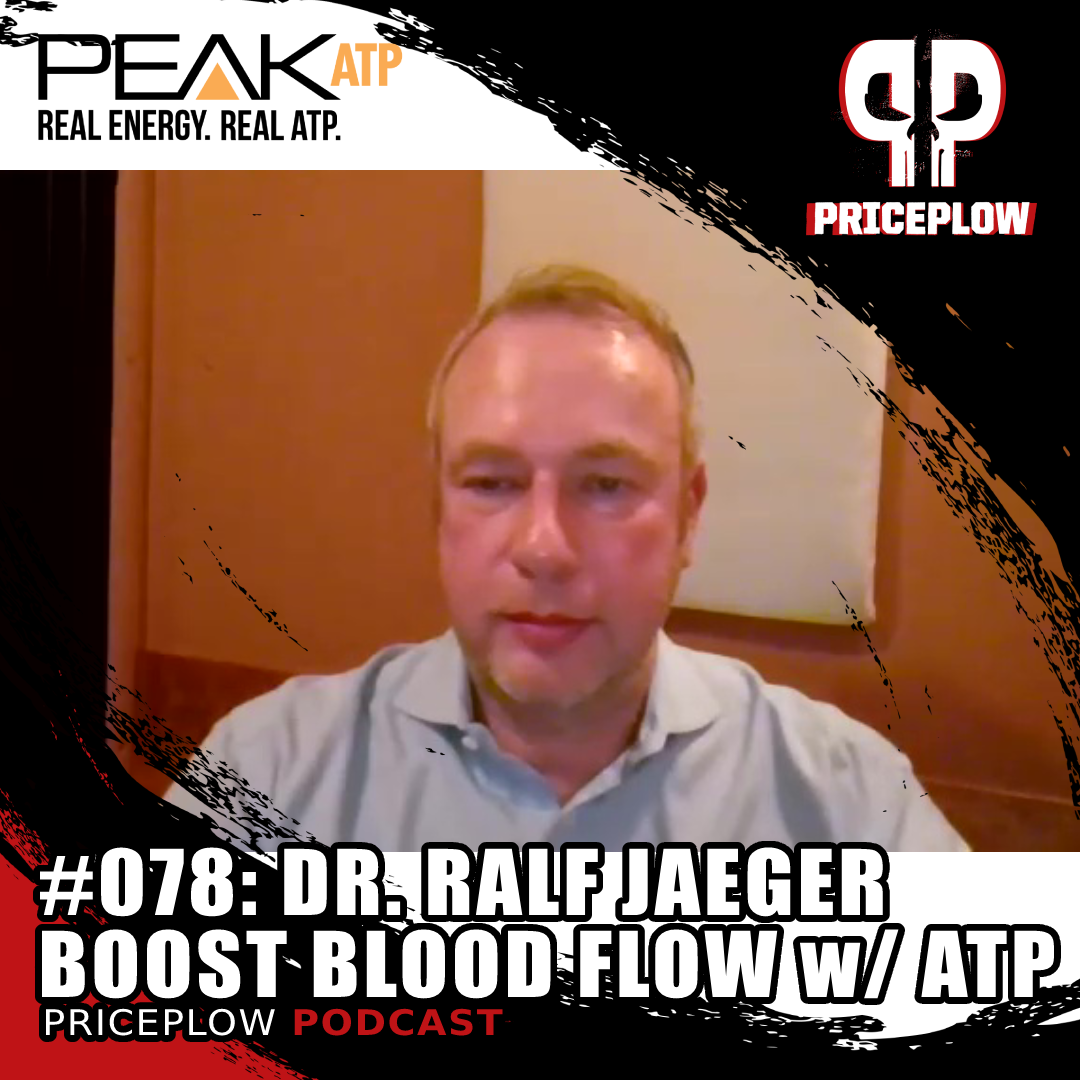
Dr. Ralf Jaeger joins the PricePlow Podcast to dive into ATP (adenosine triphosphate), and how supplementing Peak ATP improves workout performance.
Dr. Ralf Jaeger: Using Peak ATP to improve blood flow
Peak ATP provides exogenous ATP as a disodium ATP salt, which is the most stable form. While many think of ATP as the "energy currency" of all living cells, it's also a signaling molecule. When supplementing, its real effects take advantage of that mechanism: Dr. Jaeger explains that ATP signals greater nitric oxide release, thereby improving blood flow.
This is especially helpful to take before intense exercise, as ATP stores get used up quickly and the body needs to generate more. Low ATP levels means low performance.
At the end. Dr. Jaeger also teases some new research coming up that we're extremely excited about, and will follow on PricePlow.
It's all discussed in the video and audio feeds below - but first subscribe to the PricePlow Podcast on your favorite podcast platform:
Podcast: Play in new window | Download (Duration: 39:00 — 31.3MB)
Subscribe to the PricePlow Podcast on Your Favorite Service (RSS)
This area is reserved for Team PricePlow's upcoming Podcast / Interview video.
Subscribe to our channel and sign up for notifications so you catch it when it goes live!
-
0:12 - Introductions
Dr. Ralf Jaeger is a researcher and a mainstay reference on the PricePlow Blog for his advanced scientific research into athletic health. Dr. Jaeger has conducted numerous clinical studies and published dozens of peer-reviewed articles in the sports nutrition sphere. He's tested supplements in brain, joint, heart, and gut health applications, but also has several focused on ATP, the focus of our podcast today.
Dr. Jaeger is a postdoctoral scholar in bioorganic chemistry at the California Institute of Technology in Pasadena and originally earned his PhD in chemistry at the University of Bonn. In 2007, he started Increnovo, a technical consulting company that helps companies understand what various supplemental ingredients do backed with hard science.
-
2:38 - What is ATP?
Adenosine 5'-triphosphate (ATP) is our body's energy currency which drives all biological reactions that allows cells to function and life to exist. All living cells use ATP for energy.
The blue, beige, and green shaded areas, taken together, comprise the entire ATP molecule. The chemical bonds between phosphate groups, indicated in red, are the high energy bonds that release free energy when subjected to hydrolysis. Note the close proximity of the negatively charged oxygen ions within the phosphate groups. Image courtesy of Wikimedia.
But it's more than an energy carrier - it's an important signaling molecule too. ATP plays critical roles in neurotransmission, muscle contraction, and cardiac function. Demand for ATP increases during exercise, and its lack of adequate availability can limit performance.
During high-intensity exercise, ATP stores are used up. Creatine and phosphocreatine play a critical role as phosphate donors to convert ADP (adenosine diphosphate) into ATP, replenishing energy stores. The more ATP your body has, the greater your ability to exercise for a longer period of time at a higher intensity.
-
4:46 - Where is ATP stored?
ATP is present in every single cell. Typically, we run out of ATP stores in 8-9 seconds of high intensity exercise, which is where creatine comes in to help create more.
Free phosphate groups (Pi) are released when ATP is hydrolyzed, releasing free energy. These phosphate groups are then joined to other molecules in a process called phosphorylation. Table taken from Wikipedia
Creatine works by loading over longer periods of time, and must be taken on a daily basis to increase creatine stores. ATP, on the other hand, works acutely, one of few ingredients that do so along with caffeine.
-
7:10 - The benefits of ATP supplementation
In clinical research, exogenous ATP supplementation (as Peak ATP) has shown an ability to stabilize performance across sprinting workouts, and maintain ATP stores throughout.[1] This is simply due to the fact that the body runs out of energy, but providing more ATP prevents its decline.[1] Blood samples in the research verifies this.
In terms of the mechanism, ATP increases blood flow to the exercising muscle,[2-4] providing it with oxygen and nutrients, which is crucial for performance. In addition, it prevents the decline of ATP stores. Lastly, it increases calcium release,[5,6] which aids in muscle contraction.
-
8:50 - Peak ATP - How much supplemental ATP is beneficial?
ATP is rapidly metabolized, meaning it will be used for other things if in excess. Peak ATP is a disodium salt of ATP, which is the most stable form of ATP, and is the product that has been used in most studies. It's sold by TSI Group Ltd and has been covered extensively on the PricePlow Blog (see: PEAK ATP: The Ultimate Guide to Disodium ATP Supplements).
Mike asks if you can just take 10 grams, since our followers sometimes like to megadose ingredients like this. Dr. Ralf says that this would merely empty your bank account, because ATP is rapidly metabolized, so it'll just get used by the body for other things. You can't really get to supraphysiological levels - at least not long enough to actually make it worthwhile for performance.
-
10:05 - Limitations of our ATP stores
ATP provides acute benefits[7] as well as chronic benefits, as found in a study built around a 12-week periodized resistance training program.[4] What you see here, compared to placebo, ATP resulted in the doubling of increases in lean body mass, strength, and power.[4]
What's incredible is that this system had an overreaching cycle where there's eventually some physical decline -- but the ATP participants had reduced decline and less muscle damage compared to placebo![4]
There's some discussion about the training protocols in this study, since it utilizes a serious system.[4] Digging deeper after the podcast, we found that the study's authors state that it was an adapted program from another research trial.[8]
-
11:50 - ATP's effect on blood flow
Mike addresses a common misunderstanding of Peak ATP, where most people think it's an energy ingredient, not realizing it's actually a blood flow agent. As an example, we haven't seen it in many stimulant-free pre-workout supplements that generally chase nitric oxide support (although one new one we recently covered is NatureCity TrueNOx).
Dr. Ralf explains that ATP is involved in nitric oxide signaling, leading to an improvement in blood flow to contracting muscles.
Studies in older populations have shown that ATP improves blood flow, stimulating muscle protein synthesis. Blood flow is even more important in older athletes than younger athletes. At the time of press, these studies are not published, but we've tasked Ralf with updating us when they're available.
-
14:08 - Peak ATP and Citrulline: Complementary?
Peak ATP is a patented oral ATP supplement that's been shown to increase blood flow, boost muscle activation through calcium release, and help boost muscle mass, strength, and recovery. This article covers the biochemistry, mechanism, and human research in detail.
Mike asks how Peak ATP would interact with citrulline, used to boost nitric oxide levels by providing more of nitric oxide's precursor, L-arginine. Would citrulline be additive and complementary with Peak ATP?
The answer is that we don't know -- there's no research done on the two together. The two work in a similar but different fashion. It would make sense to add more nitric oxide precursors when trying to use Peak ATP to signal improved nitric oxide release, though!
Compared to ingredients like citrulline or arginine, the dose requirements of ATP is an order of magnitude less, with the sweet spot being around 400 milligrams.[7]
Ben asks about pumps, and Dr. Ralf definitely calls it a "pump ingredient". We then get into muscle biopsies - muscle that has incredible blood flow is quite different from an non-exercised muscle with low blood flow.
-
17:45 - Peak ATP Dose Range Testing
Mike explains that the 400 milligram dose is awesome because this enables a one-capsule dose if you wish! He asks Dr. Ralf if other doses have been tested, and he answers with a dose-ranging study where they tested 100, 200, and 400 milligrams against placebo.[7] 400 was clearly the best dose.
-
18:25 - Not over encumbering the muscle
Unlike insane doses of citrulline, ATP doesn't bloat the stomach and over-pump the muscles, decreasing mobility. Taking ATP alone doesn't show an increase in blood flow, but if you exercise, you see improvement. This means blood flow is affected in a targeted way, when you need it to perform.
This is a great safety bonus for Peak ATP - it works when signaled with exercise, and won't just increase nitric oxide and drop blood pressure when not training.
-
20:20 - ATP's effects on recovery and pain reduction
Mike mentions a key paragraph in a review article published by Dr. Jaeger:[9]
The available literature on ATP disodium when provided in a dose of at least 400 mg approximately 30 min before a workout or 20–30 min before breakfast on non-exercise days provides insight into its potential to reduce fatigue (Purpura et al., 2017,[10] Rathmacher et al., 2012[11]), increase strength and power (Wilson et al., 2013[4]), improve body composition (Hirsch et al., 2017[12], Wilson et al., 2013[4]), maintain muscle health during stress (Long and Zhang, 2014,[13] Wilson et al., 2013[4]), increase recovery and reduce pain (de Freitas et al., 2018[14], Khakh and Burnstock, 2009,[15] Wilson et al., 2013[4]). Additionally, other literature indicates a role for ATP in improving cardiovascular health (Hirsch et al., 2017,[12] Ju et al., 2016,[16] Rossignol et al., 2005[17]).[9]
Mike then gets into the "pain reduction" - is this a reduction in muscle pain or joint pain or what?
Dr. Ralf explains that Peak ATP shows efficacy in reducing muscle damage, and therefore muscle soreness and pain. In non-athletes, ATP supplementation helps reduce pain resulting from knee replacement surgery,[13] including improved recovery time.
The PEAK ATP Triple Mechanism of Action, and much of it revolves around the increase in blood flow it supports. Modified image courtesy of TSI Group and PricePlow
The knee surgery study is interesting because it didn't have anything to do with sports training -- it seems that more blood was simply recruited to the injured/recovering site.[13] ATP is also used in lower back pain treatment. Due to improved blood flow, the body is more able to send restorative agents into the problem site.
Because of this, Mike suggests that more formulators should consider putting Peak ATP into joint supplements that are marketed for athletes attempting to recover from injuries.
Then there are ideas to prevent muscle protein breakdown during injury, and there's actually a study combining Peak ATP and HMB showing that these two can work together to that effect.[18]
-
24:55 - What stacks well with ATP?
Dr. Jaeger recommends protein for increasing muscle mass, strength, and power. The building blocks of muscle are amino acids, so protein intake is a primary consideration.
There's also creatine, but Dr. Ralf loves Peak ATP because it provides a more acute effect and improves endurance, creating faster training adaptations.
-
27:25 - How controlled are these studies in terms of diet, progression, etc.?
Dr. Jaeger always controls diet, nitrogen intake, total calorie intake. He even controls participants' workouts, providing a gym environment for sessions under observation.
It's important to note that these are serious training programs that are done in groups. This significantly reduces drop-outs. So even the placebo groups gain lots of muscle -- something worth remembering for anyone.
-
31:45 - NAD+ precursors and their "spending" of ATP
Mike asks if Dr. Jaeger has explored many of the NAD+ precursors, because they necessitate the body to use ATP to get to NAD+.
For instance, if you're taking flush niacin (nicotinic acid) to drive NAD synthesis, you'll be spending a costly amount of ATP to create NAD. Same for nicotinamide riboside (NR). However, NMN, an ingredient that's become a hot regulatory topic recently, requires using less ATP to get to NAD+.
Dr. Ralf makes a great point: The human body is lazy, and it only spends energy on things that are extremely important.
-
34:50 - Upcoming studies / events from Dr. Jaeger
In 2021, Dr. Jaeger helped publish a study on the dipeptide dileucine,[19] and they're currently conducting another one on it. He's developing an analytical method to detect it in blood. Interestingly, the team found dileucine in the group that supplemented leucine, showing that the human body expends energy converting leucine to dileucine. This must have significance.
Through the course of this study, Dr. Jaeger and his team observed a 60% greater increase in muscle protein synthesis in dileucine over leucine.[19] The body has di and tripeptide transporters that absorb quicker than original amino acids. Dileucine is better than leucine, and we may start seeing ingredients built around these findings next year.
This is one we'll be following on PricePlow, and at the bottom of these show notes, we provide a subscription box so you can get notified when we cover it in greater detail!
A note regarding ATP and calcium release
Around the 8-minute mark in this episode, Dr. Jaeger mentioned that ATP increases calcium release, which aids in muscle contraction. We didn't dive any deeper, but later asked for some supporting references when writing these show notes.
He provided two studies,[5,6] adding the following:
Under conditions of fatigue oxygen availability and calcium release may decline in skeletal muscle. When this occurs red blood cells respond by releasing ATP into the blood, which triggers vasodilation, localized blood flow, enhanced nutrient uptake, and sustained muscle excitability by increasing extracellular uptake of calcium.
-- Dr. Ralf Jaeger (via email)
He added that 50% decrease in calcium release = 80% reduced force, which comes from the second of those two studies provided (see Figure 5).[6]
Closing up: ATP is more than energy
We'd like to thank Dr. Ralf for coming on, and to TSI Group for connecting us and funding his time and this episode.
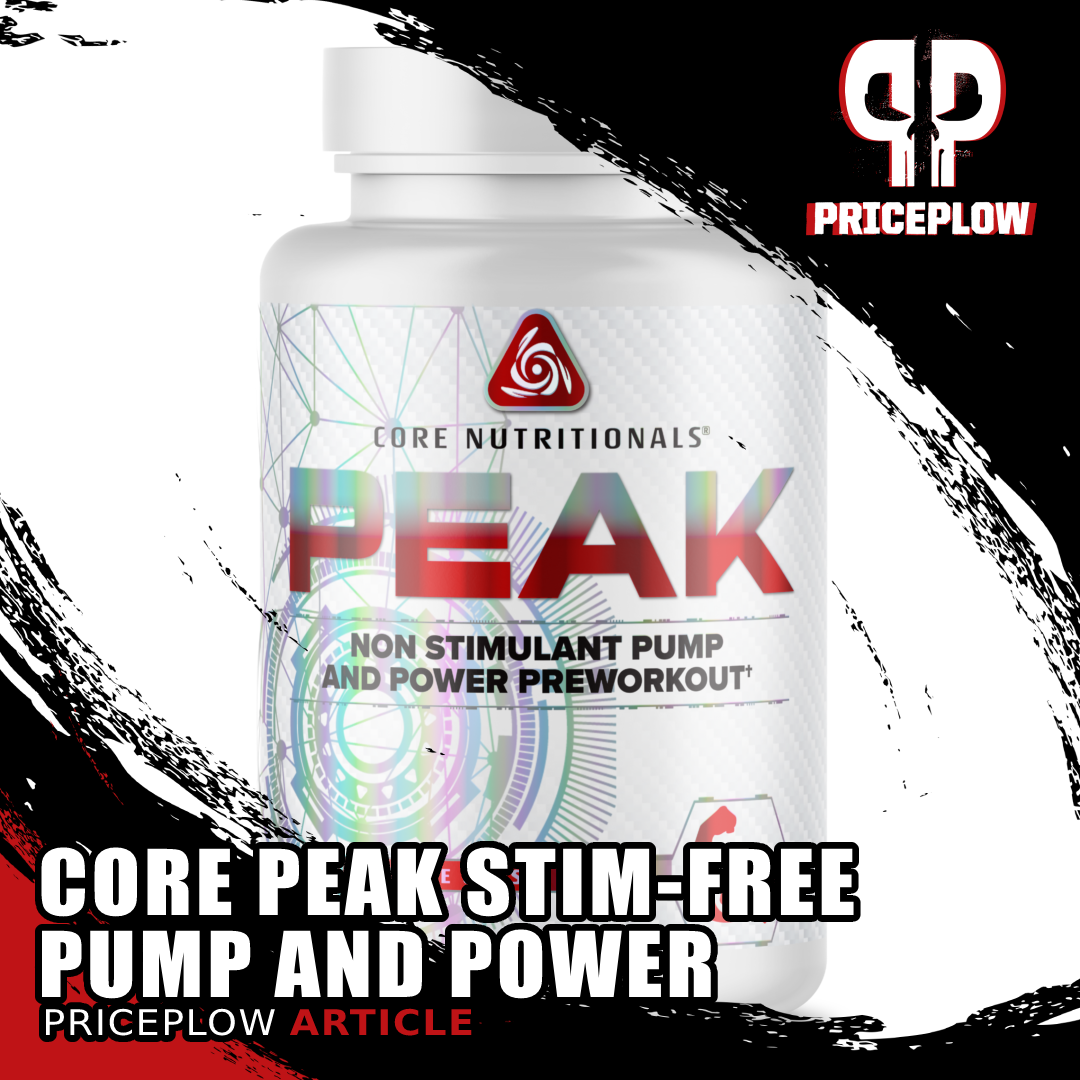
Speaking of Peak ATP, Core Nutritionals recently released Core Peak, an awesome stim-free nitric oxide booster for powerful pumps that includes the famed ingredient and more.
In summary, the point here is that ATP is often discussed in the context of cellular energy but not as much in terms of signaling. And it turns out that its role in signaling for greater nitric oxide during exercise is potentially more relevant to our user base (sports nutrition researchers and performance athletes).
Because of what we've learned, we believe that Peak ATP belongs in more nitric oxide supplements. It's great in any pre-workout supplement (such as Alpha Prime Legacy Pre-Workout), and is often used in capsule form (see the newly-released Core Peak), but until NatureCity TrueNOx came out, there really wasn't much in terms of stimulant-free pre-workout supplements.
We also feel that there are opportunities to mix this with NAD+ precursors, a hot and growing market that we'll be covering in great detail.
Below, you can sign up for alerts for several of the topics covered in this podcast, including notifications whenever we cover more Peak ATP and Dr. Ralf's science!
Subscribe to PricePlow's Newsletter and Alerts on These Topics
[priceplow_podcast_subscribe]



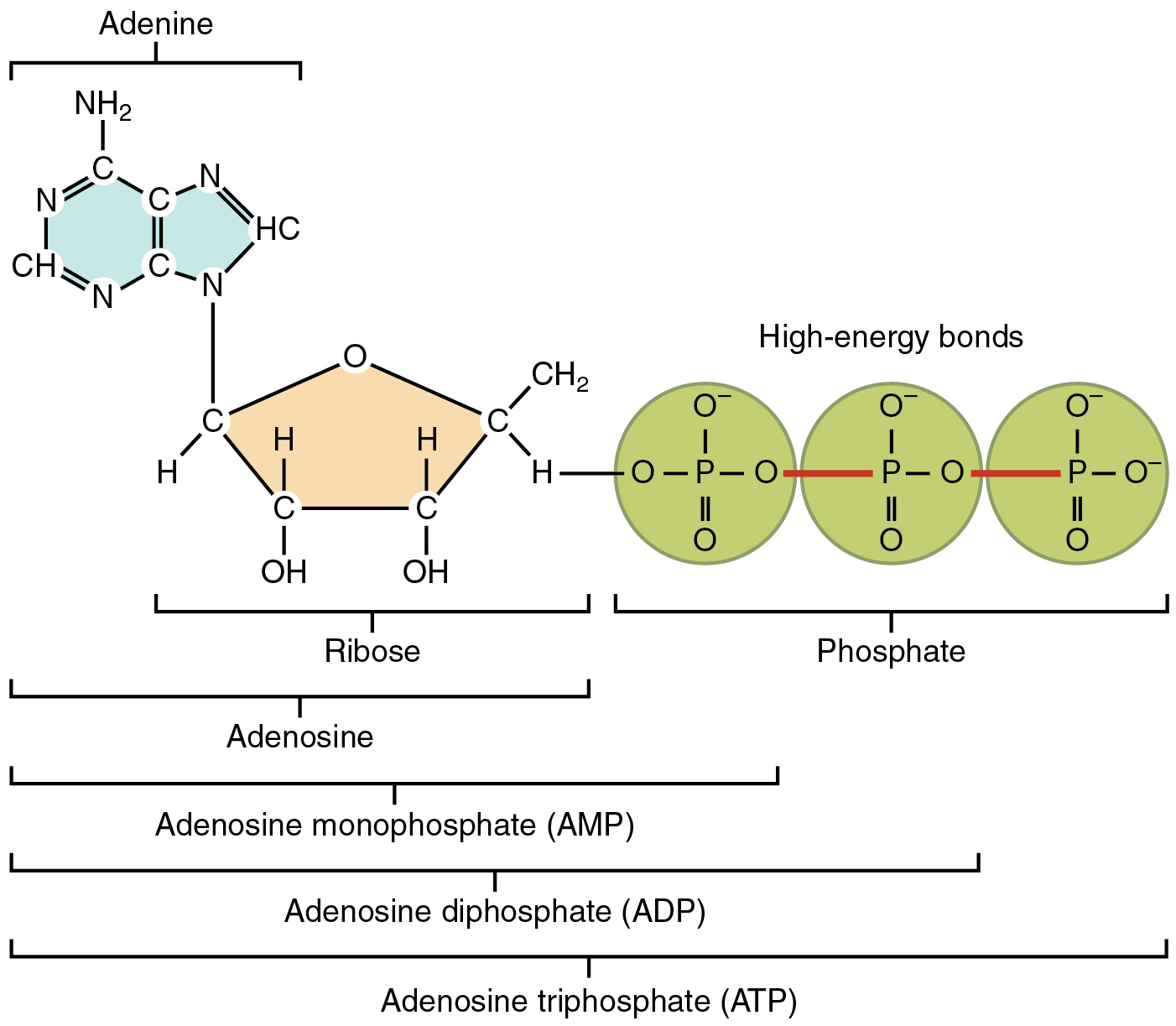
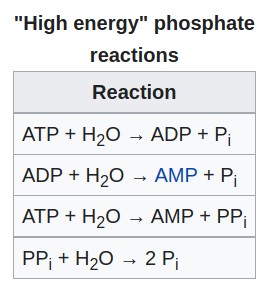


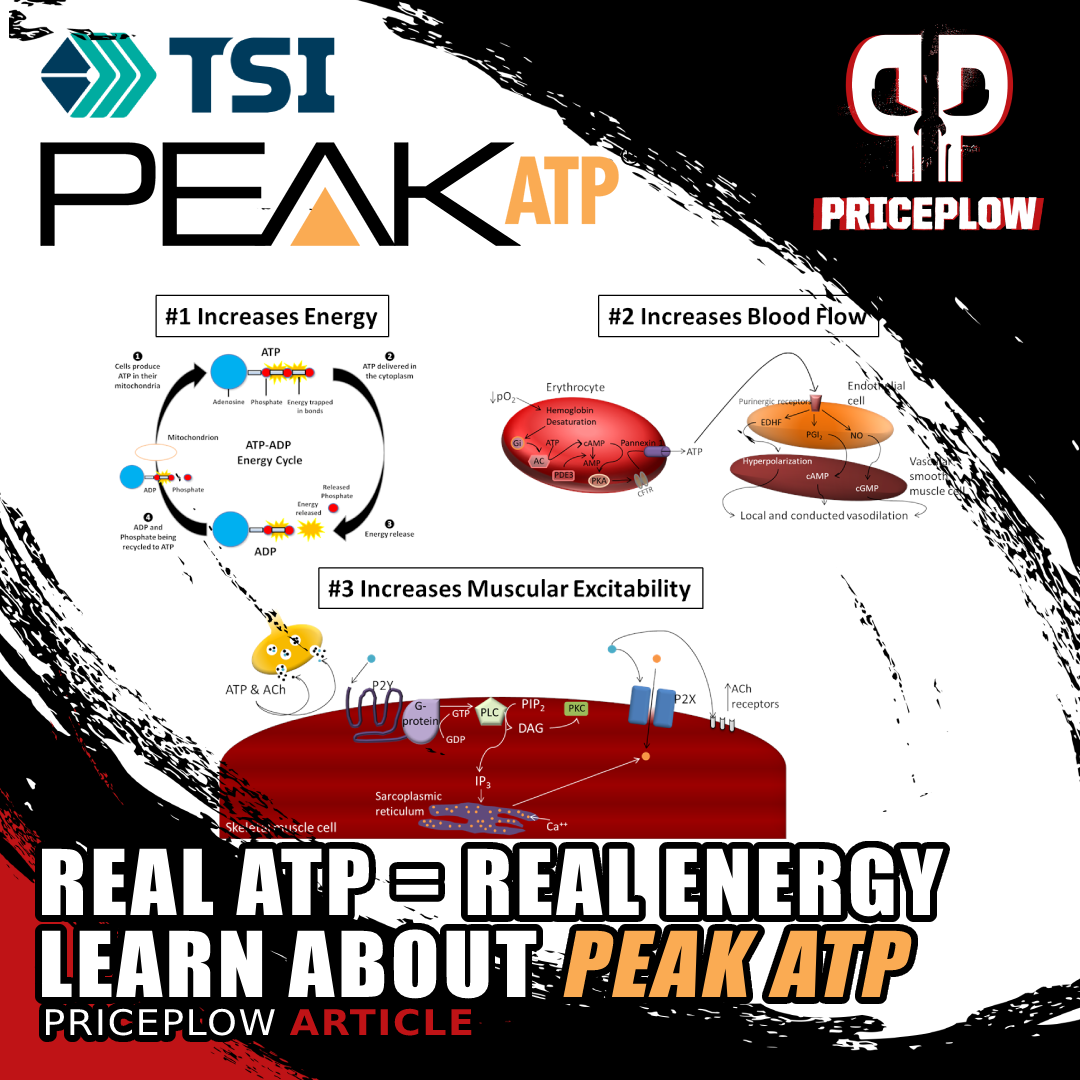
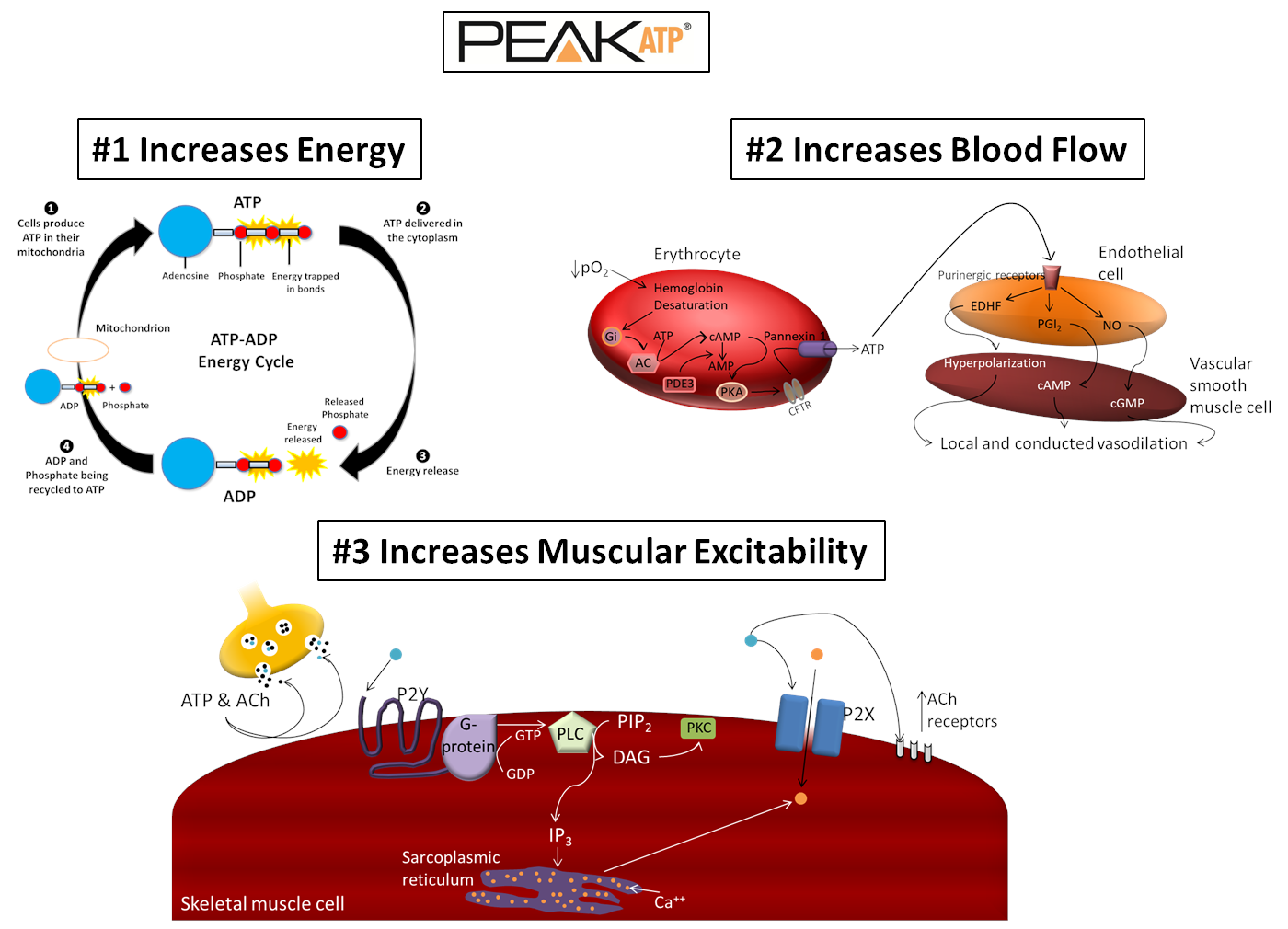
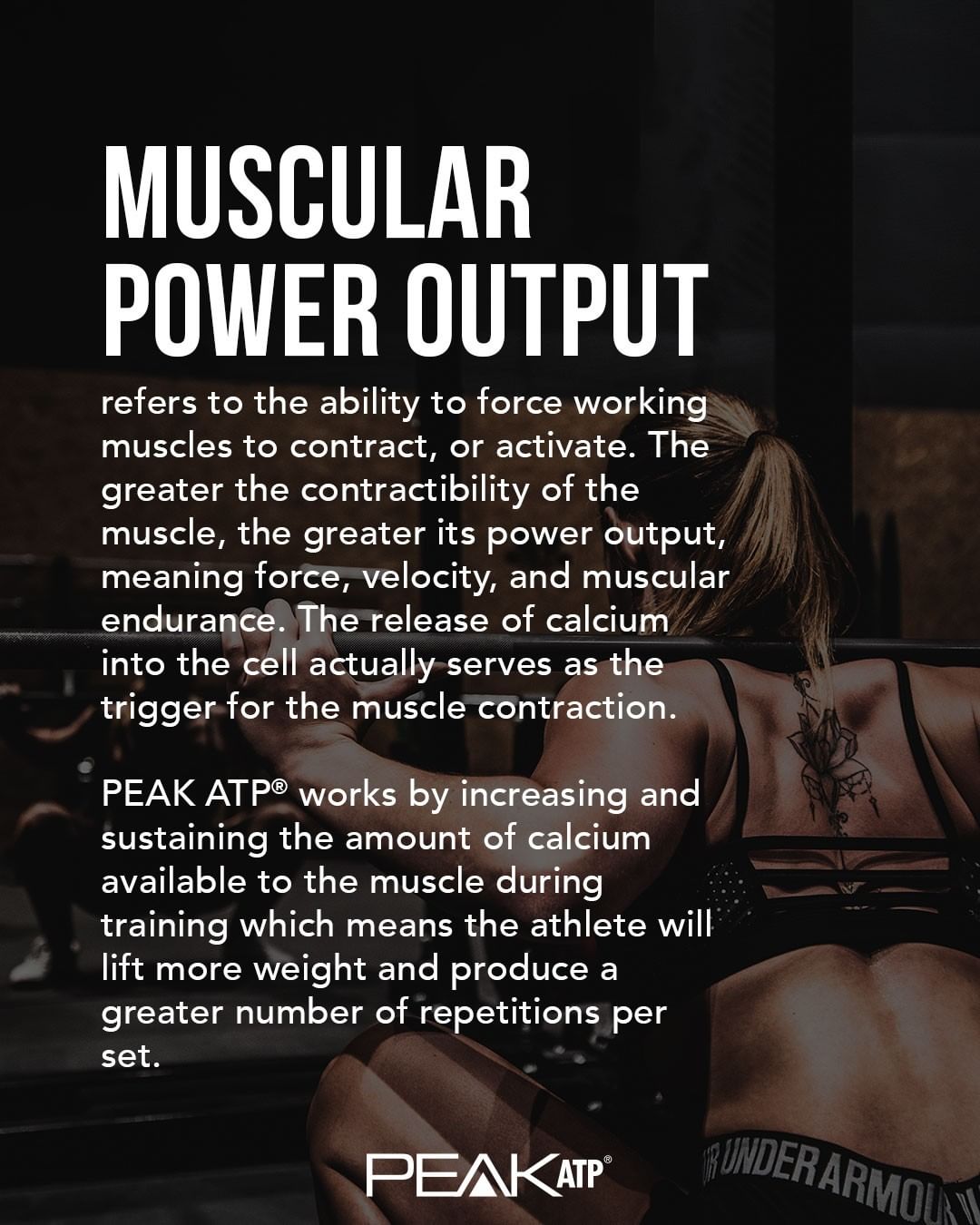


Comments and Discussion (Powered by the PricePlow Forum)